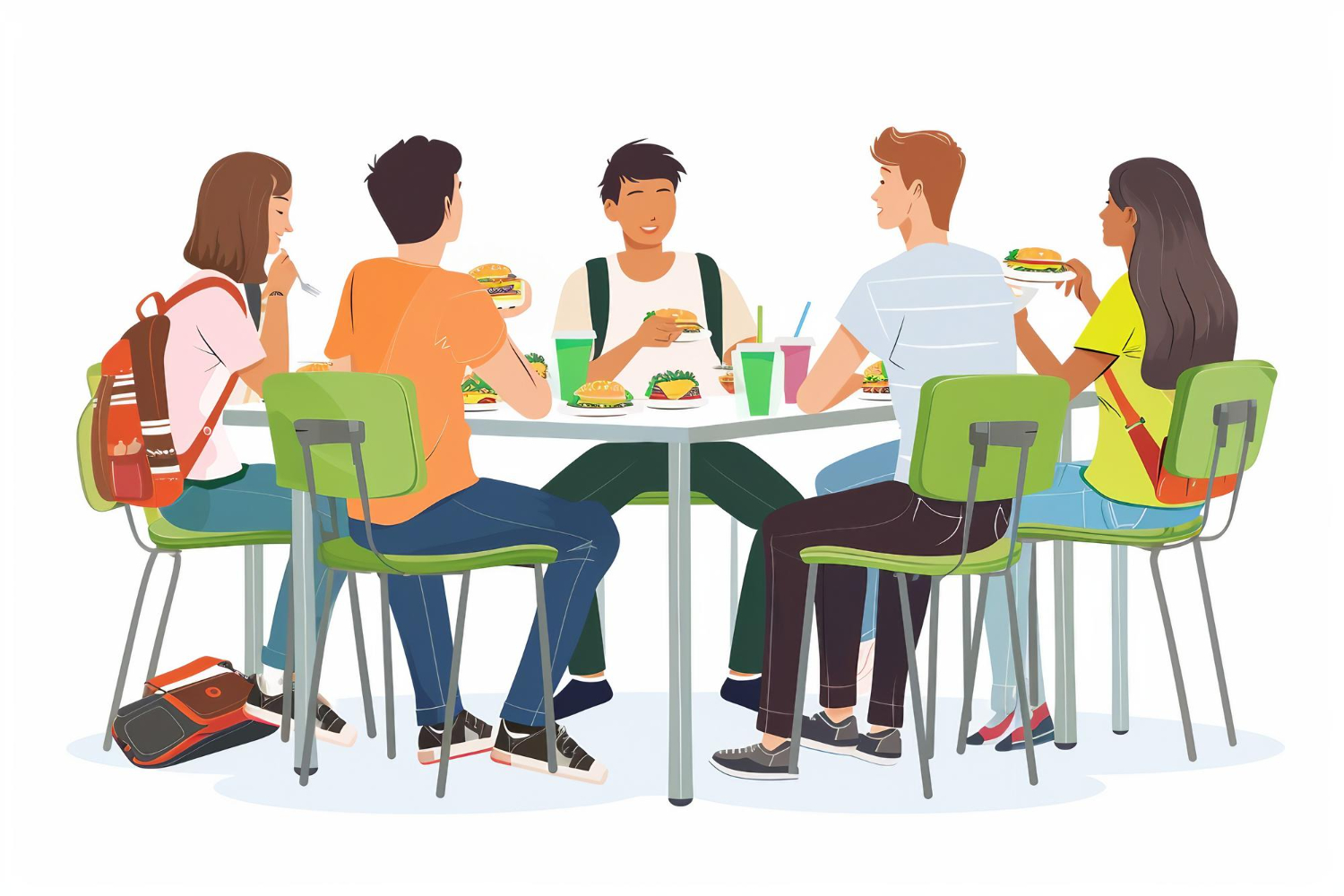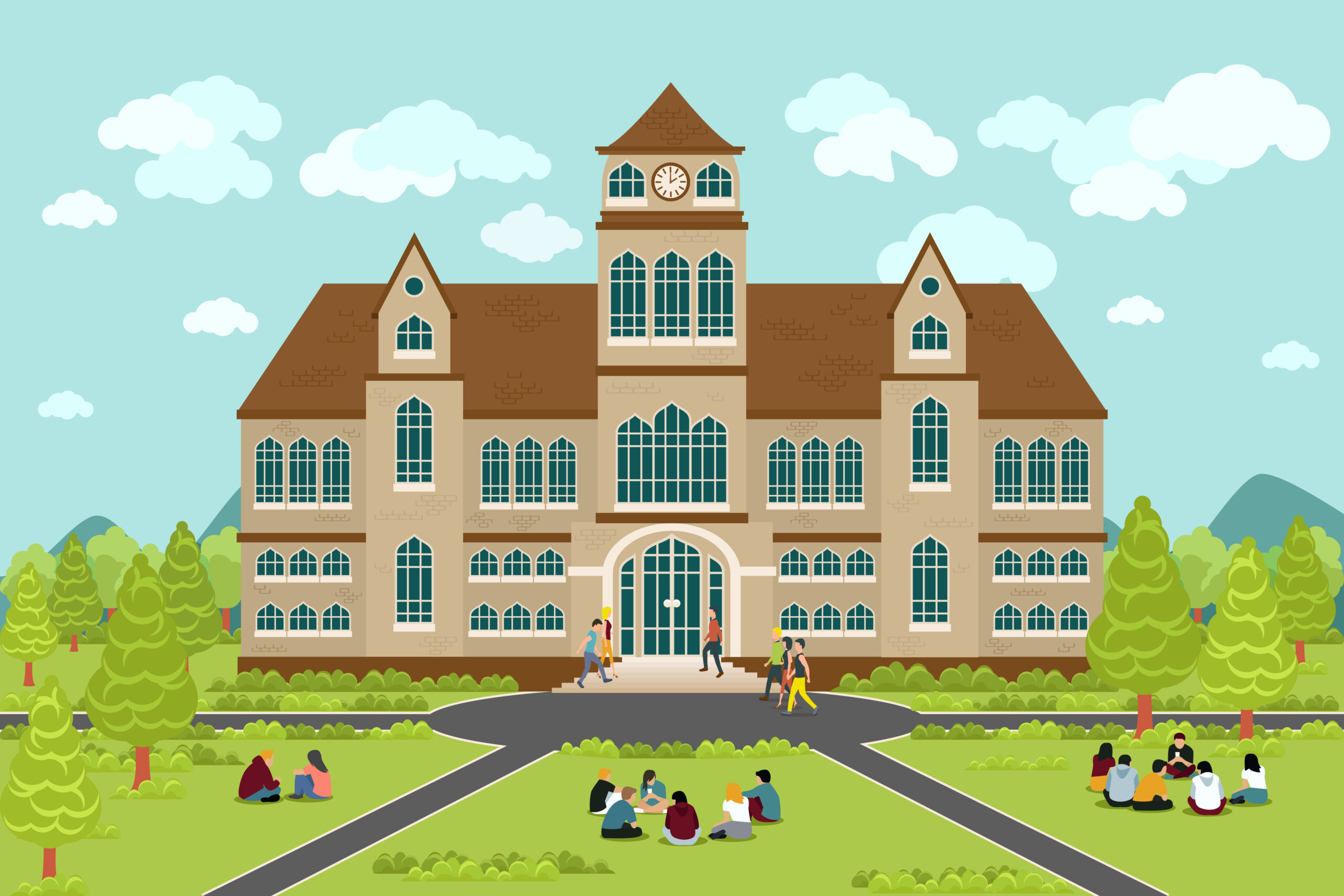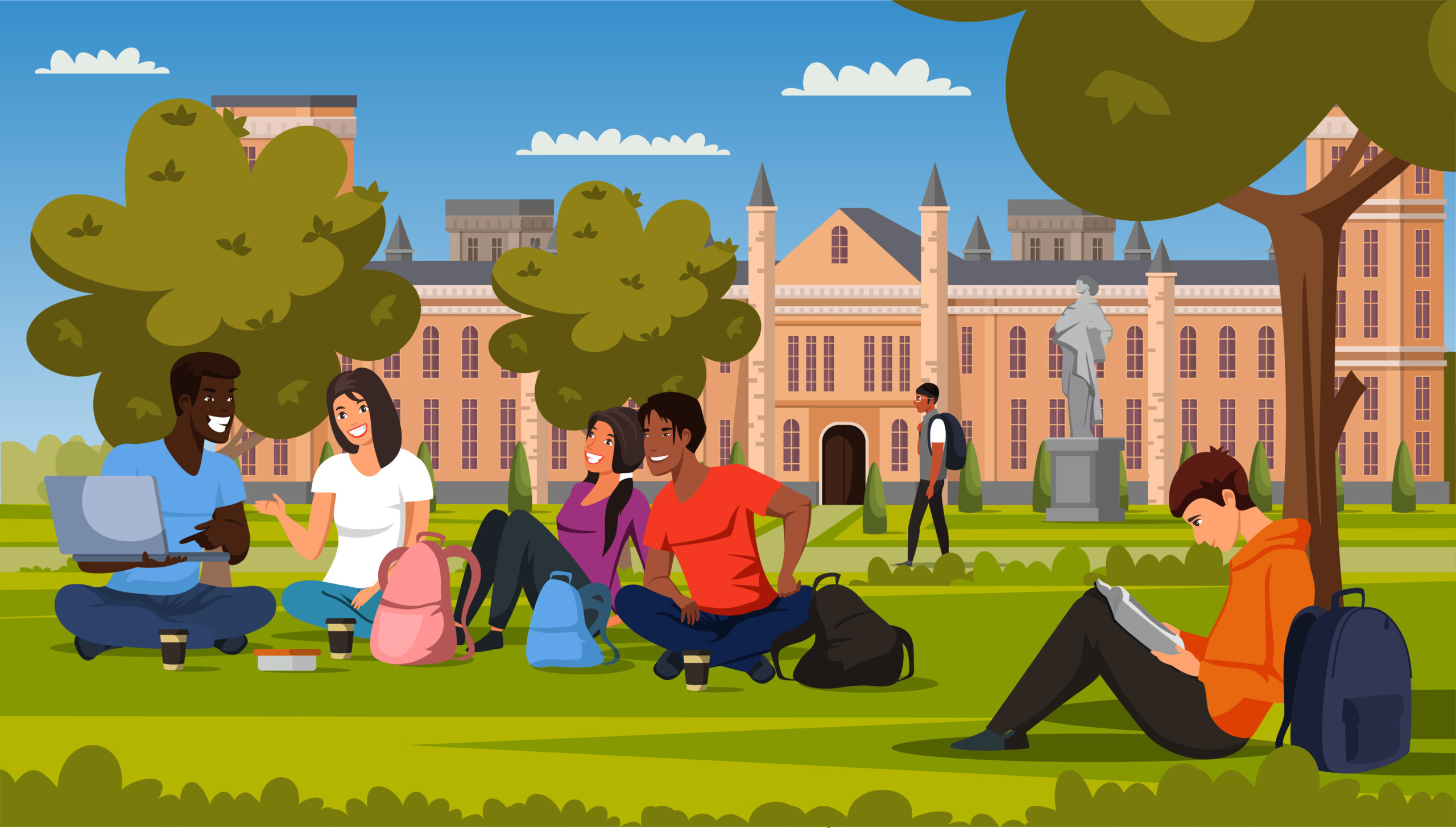Walk into almost any college dining hall today, and you’ll see it: food everywhere, but connection, maybe not so much. Heads down, AirPods in, students scrolling while they eat alone. The food may be well-prepared, the decor may be Instagram-ready, yet something essential has gone missing.
Love.
Not romantic love, but the deeper form of care, belonging, and empathy that transforms an ordinary meal into a shared human experience. Love is the invisible ingredient that can turn dining from a transaction into a transformation. When it is absent, even the most beautifully designed dining spaces become sterile distribution centers.
When Dining Loses Its Soul
Over the past three decades, higher education has drifted into a mindset that sometimes treats dining as a profit center rather than a people center. Operators talk about reducing food and labor costs, hours of operation, and maybe even contemplate letting students use their meal plans in 3rd party off-campus locations, but very few that measure belonging.
The result is predictable:
- Meal plan participation rates can fall far below 70%.
- Students migrate off campus to eat alone or order delivery.
- Student retention rates begin to wane.
- Students are redirected out of dining halls into retail locations (using meal plan equivalents), and the retail experience can become more transactional and emotionally diluted even when filled with people.
In this environment, students behave like consumers rather than community members. Dining becomes something they buy, not something they belong to, and when that happens, retention, housing occupancy, and engagement all decline in tandem.
The Epidemic of Isolation
We are living in the loneliest generation in recorded history. According to the American College Health Association, 61% of college students report feeling very lonely during the first semester. By mid-term, nearly one-third eat most meals alone.
This loneliness carries a heavy academic and emotional cost. Some research shows that first-year students who fail to form two close friendships by week six are less likely to return in their sophomore year. That is not a financial aid problem; that is a dining/belonging and retention problem.
Dining halls are the single most powerful setting for friendship formation on campus. Resident students are in their first place (socially, their home away from home) where trust, empathy, and belonging can be built if they are designed and operated with love.
The Neuroscience of Connection
Human beings are hard-wired for communal eating. When people share food, the brain releases oxytocin, often called the bonding hormone. Oxytocin enhances trust, lowers anxiety, and strengthens empathy, the essential ingredients of community.
In short, every shared meal literally re-wires the brain for belonging.
That is why campuses that prioritize communal dining environments such as long tables, shared counters, and conversational zones consistently outperform peers in retention, student satisfaction, and emotional well-being scores. Love is not sentimental; it is neurochemical.
SOCIAL ARCHITECTURE™: Engineering Love Back Into Dining
At Porter Khouw Consulting, we call the process of designing dining for connection SOCIAL ARCHITECTURE™. It is the intentional blending of behavioral psychology, spatial design, and operational strategy to transform dining into the emotional heartbeat of campus life.
SOCIAL ARCHITECTURE™ begins with one guiding principle: students do not just need to eat, they need to belong.
Our team has identified four design drivers that reintroduce love into the dining equation:
- Space That Invites, Not Intimidates
Replace rows of institutional tables with flexible clusters, community booths, and social nooks that encourage eye contact and conversation. Design flow patterns that foster chance encounters, not isolation. - Service and Hours That See and Meet the Student(s) Where They Are.
Train dining staff to act as social hosts and remember names: extended continuous dining and a strong, constant, robust selection of popular menu items. All included in their mandatory meal plan with no worries about running out of money or having any unused meal plan money left over. - Schedules That Match Student Life
Students live on a 19-hour clock. Keep the lights on. Extend late-night service, offer flexible meal exchanges, and host themed events that align with natural social energy peaks like weekend brunch or midnight breakfast. - Stories That Build Identity
Food is cultural storytelling. Celebrate local ingredients, campus traditions, and student-chef collaborations. Shared stories create shared pride, and pride is the emotional glue of belonging.
When those elements converge, dining ceases to be a service. It becomes a stage for human connection.
When Love Leaves, Students Follow
A college dining program without emotional design is like a body without a heartbeat. The food may be nutritious, but it does not nourish. The dining space may be modern, but it does not move anyone. Students sense it immediately and they leave.
That’s why the role of food service operators and their teams is so essential. They are often the first faces students see each morning and the last ones they see before heading back to their residence halls. A warm smile, a “good morning,” or a remembered order can make a student feel recognized and cared for, sometimes more than they might from family during the school year. That consistent kindness and human connection bring as much love into a dining space as any renovation or menu change ever could.
The Courage to Care
Love in dining requires courage. It means telling CFOs that ROI is not just about dollars; it is about students staying and succeeding. It means telling food service providers that performance metrics must include empathy, presence, engagement and meal plan participation that is north of 70 percent.
The Harvard Grant Study, the longest longitudinal study on human happiness, concluded after 80 years that happiness is love. Full stop. That is not a slogan; it is science. Dining is the physical and emotional manifestation of that truth on a college campus.
When students feel seen and loved, they learn better, stay longer, and live healthier. When they do not, no marketing campaign or national brand can fill that void.
Final Thought: Turning Meals into Moments
What is love got to do with dining? Everything.
Because when love is baked into the recipe through intentional program development and design, caring service, flexible schedules, and storytelling that celebrates community, a meal becomes more than sustenance. It becomes a moment.
A moment where a student feels seen.
A moment where friendships form.
A moment that can change a life.
And memories that will last a lifetime.
That is the power of SOCIAL ARCHITECTURE™, predictable abundance, and the invisible ingredient every campus dining program needs most.






